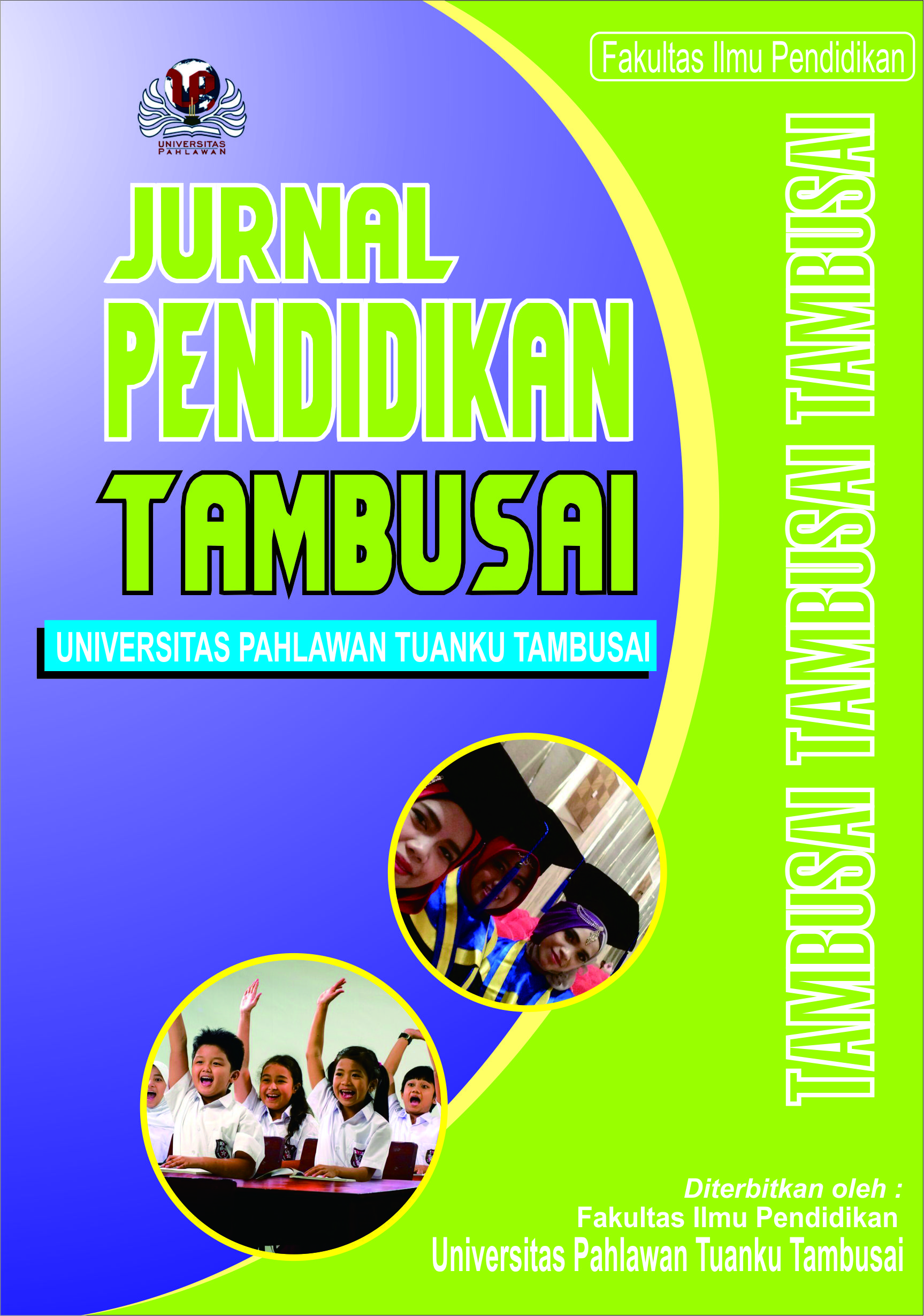Analisis Kemampuan Representasi Matematika Siswa Sekolah Dasar terhadap Materi Segitiga
DOI:
https://doi.org/10.31004/jptam.v8i1.12679Keywords:
Representasi Matematika, SegitigaAbstract
References
Buhaerah. (2011). Pembelajaran Berbasis Masalah untuk Meningkatkan Kemaampuan Penalaran Matematis Siswa. Gamatika: Jurnal Gagasan Matematika dan Informatika, 2 (1), 39-41
Damayanti, R., Afriansyah, E. A. (2018). Perbandingan Kemampuan Rewpresentasi Matematika Siswa antara Contextual Teaching and Learning dan Problem Based Learning. (Jurnal Ilmiah Pendidikan Matematika), 7 (1), 30-39.
Desmita. (2019). Psikologi Perkembangan Peserta Didik. Bandung: PT Remaja Rosdakarya
Fuad, M. N. 92016). Repreesentasi Matematika Siwa dalam Memecahkan Masalah Persamaan Kuadrat Ditinjau dari Perbedaan Gender. Jurnal Kreatif Inovatif. 7 (2), 145-152
Hijriani dkk, (2018). Deskripsi Representasi Matematis Siswa SD dalam Menyelesaikan Soal PISA. Jurnal Pendidikan: Teori, Penelitian, dan Pengembangan, 3 (5), 603-607
Kemendikbud. (2013). Kerangka Dasar dan Struktur Kurikulum 2013. Jakarta: Kemendikbud
Kenedi, A. K, Helsa & Hendri (2019). Mathematical Connection of Elementary School Students to Solve Mathemactical Problems. Journal on Mathematics Education, 10 (1), 69-80
Rohid, N., & Rusmawati, R. D. (2019). Students Mathematical Communication Skills (MCS) in Solving Mathematics Problems: A Case in Indonesian Context. Anatolian Journal of Education, 4 (2), 19-30
Sulastri, Marwan & Duskri (2017). Kemampuan Representasi Matematika Siswa melalui Pendidikan Matematika Realistik. Beta: Jurnal Tadris Matematika, 10 (1), 51-69
Downloads
Published
How to Cite
Issue
Section
Citation Check
License
Copyright (c) 2024 Nadilla Alfina

This work is licensed under a Creative Commons Attribution-ShareAlike 4.0 International License.
Authors who publish with this journal agree to the following terms:
- Authors retain copyright and grant the journal right of first publication with the work simultaneously licensed under a Creative Commons Attribution License that allows others to share the work with an acknowledgement of the work’s authorship and initial publication in this journal.
- Authors are able to enter into separate, additional contractual arrangements for the non-exclusive distribution of the journal’s published version of the work (e.g., post it to an institutional repository or publish it in a book), with an acknowledgement of its initial publication in this journal.
- Authors are permitted and encouraged to post their work online (e.g., in institutional repositories or on their website) prior to and during the submission process, as it can lead to productive exchanges, as well as earlier and greater citation of published work (See The Effect of Open Access).



